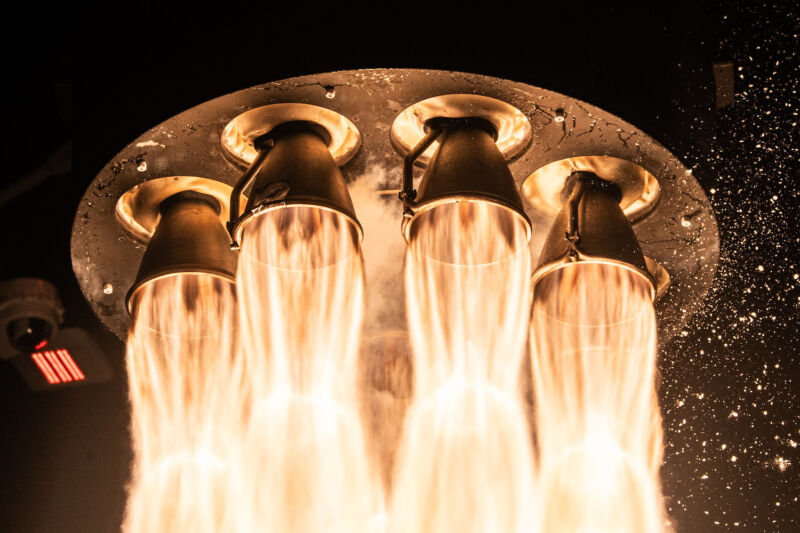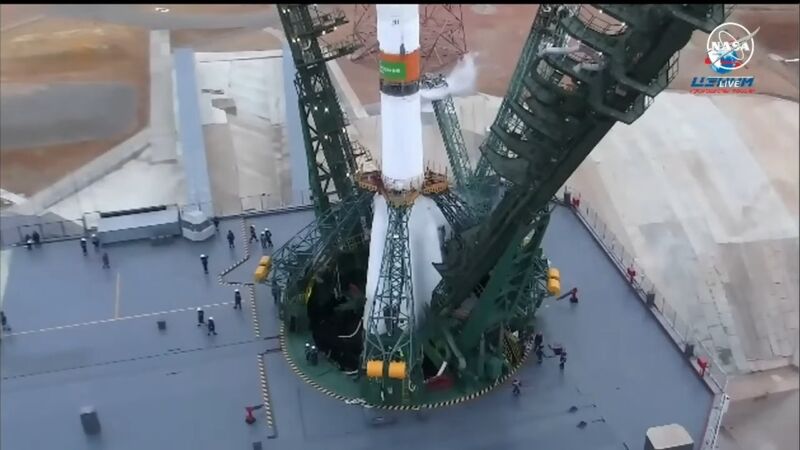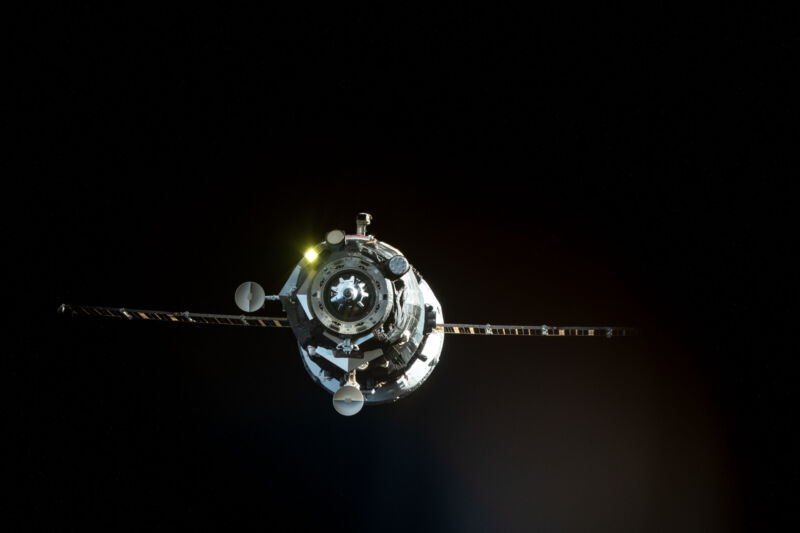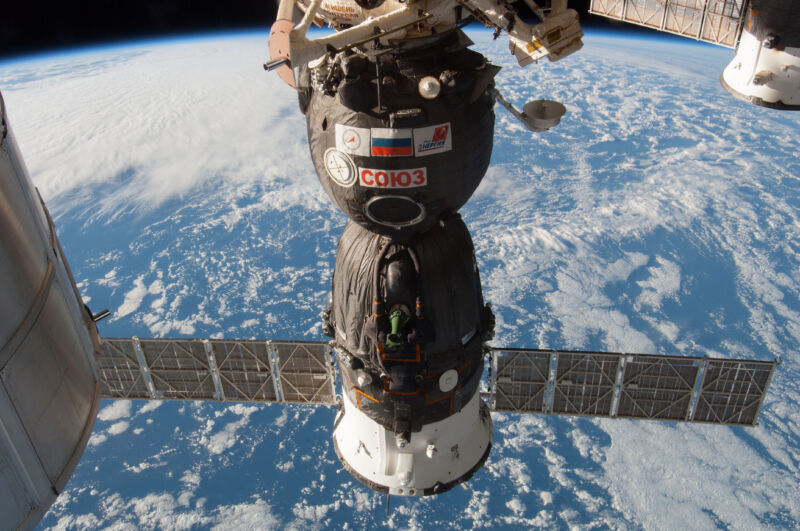-
 chevron_right
chevron_right
Rocket Report: Starship could fly again in May; Ariane 6 coming together
news.movim.eu / ArsTechnica · Friday, 22 March - 11:00 · 1 minute

Enlarge / Nine kerosene-fueled Rutherford engines power Rocket Lab's Electron launch vehicle off the pad at Wallops Island, Virginia, early Thursday. (credit: Brady Kenniston/Rocket Lab )
Welcome to Edition 6.36 of the Rocket Report! SpaceX wants to launch the next Starship test flight as soon as early May, the company's president and chief operating officer said this week. The third Starship test flight last week went well enough that the Federal Aviation Administration—yes, the FAA, the target of many SpaceX fans' frustrations—anticipates a simpler investigation and launch licensing process than SpaceX went through before its previous Starship flights. However, it looks like we'll have to wait a little longer for Starship to start launching real satellites.
As always, we welcome reader submissions , and if you don't want to miss an issue, please subscribe using the box below (the form will not appear on AMP-enabled versions of the site). Each report will include information on small-, medium-, and heavy-lift rockets, as well as a quick look ahead at the next three launches on the calendar.

Starship could threaten small launch providers. Officials from several companies operating or developing small satellite launch vehicles are worried that SpaceX's giant Starship rocket could have a big impact on their marketability, Space News reports . Starship's ability to haul more than 100 metric tons of payload mass into low-Earth orbit will be attractive not just for customers with heavy satellites but also for those with smaller spacecraft. Aggregating numerous smallsats on Starship will mean lower prices than dedicated small satellite launch companies can offer and could encourage customers to build larger satellites with cheaper parts, further eroding business opportunities for small launch providers.








